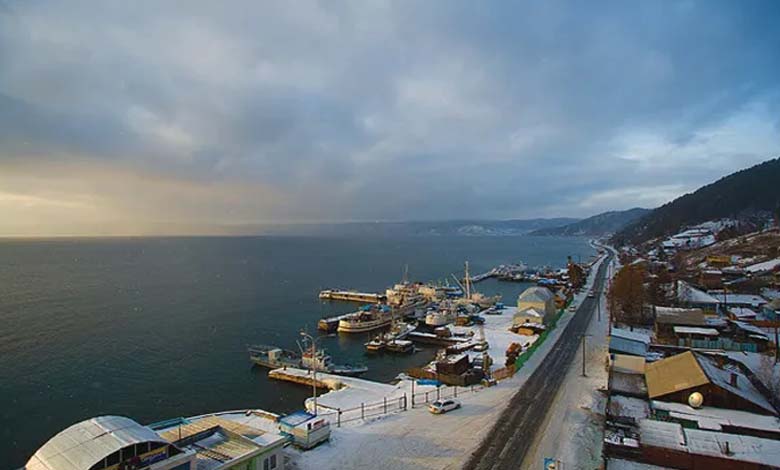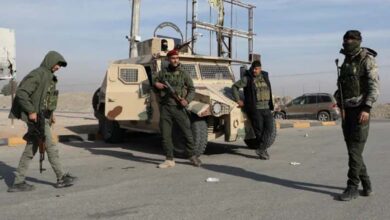“The Deadly Lake”.. The Ghost of the Cold War Haunts a Russian Region

Despite its scenic beauty, spending an entire hour next to Lake Karachay, located in the Ural Mountains of Russia, is enough to kill any living being.
The lake, known as “Reservoir No. 9,” located near the border with Kazakhstan, is one of the most polluted places in the world.
Simply being next to the lake for an hour is enough for certain death from an overdose of radiation from the nuclear waste, which was built after World War II, according to the British newspaper “Express.”
Many terrifying stories have circulated around the lake, which is 900 meters long and 500 meters wide, due to the increase in deaths in the surrounding area, to the point that it has become a cursed place in the belief of the local residents, until the real reason was discovered.
The real reason behind the deaths was a dump for nuclear weapons facilities of the Soviet Union, which made the lake filled with radioactive waste.
Many experts confirmed that the level of nuclear radiation in the lake and the surrounding area exceeds the usual level by about 200,000 times, due to the huge amounts of waste that were disposed of.
The lake has been listed in the Guinness Book of Records as the most radioactive area in the world since 1951.
The radiation in the area resulted from the Soviet Union’s nuclear weapons program, where reactors were used to make weapons-grade isotopes like plutonium-239 and uranium-235.
Workers at the Mayak plutonium plant dumped a lot of radiation into the Techa River in the 1950s, which was the only water source for 24 nearby villages.
Then attempts were made to dump the waste in a place causing less harm, and Lake Karachay was chosen.
A study conducted in 1993 found that the lake water emitted 4,440,000,000,000 megabecquerels of radioactivity.
Every 50 minutes
American scientists concluded that there is enough radiation in the lake to kill a person in 50 minutes.
In the 1960s, the lake dried up and sent radioactive materials into the air, contaminating half a million people with 185 petabecquerels of radiation, an effect similar to that of the Hiroshima bomb.
-
Washington strengthens its presence in northern Syria to counter Russian influence
-
Ukraine Attacks Occupied Melitopol, Russian Side Says Two Killed
About 500,000 people have been exposed to radiation since the waste disposal process began in the 1950s.
Russian doctors studying radiation-induced diseases say that residents along the Techa River have suffered four times the radiation caused by the Chernobyl reactor explosion.
The repercussions of this appeared in the increase in serious diseases in the Chelyabinsk region, including 21% of the residents suffering from cancer and 25% from congenital disabilities, in addition to half of the region’s residents being sterile.












